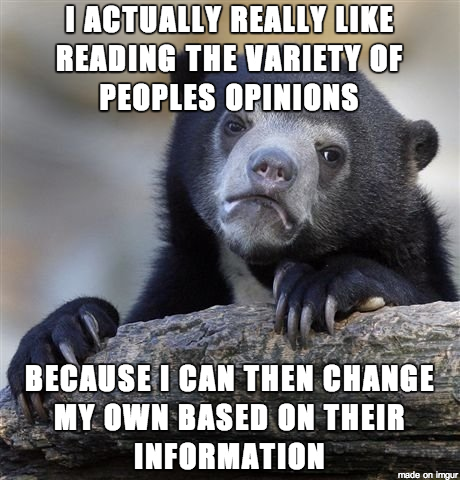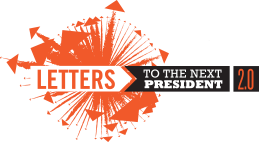
Finding online spaces that invite learners from all across the nation, and even the world, demonstrates to learners the importance of being globally competent. They learn to seek out these spaces, and to value engaging with their peers across diverse contexts. My learner Taylor Clark’s Zeega beautifully examines the impact of his interactions in Do Now discussions.
2. To find chances to interact with more students, I will network and forge partnerships with other organizations who work towards the development of social action in youth.
It is my responsibility to branch out to find various avenues of more meaningful interaction. Young learners need to feel that we are invested in their education. They need to see educators working towards cooperation beyond the four walls to mirror such far-reaching interaction.
National Writing Project and KQED have teamed up with other key partners such as The New York Times Learning Network, PBS Newshour, Hypothes.is and Youth Radio to present Letters to the Next President 2.0 (L2NP 2.0). This initiative supports the multimedia making of messages to the next elected president.

In the ramp-up to the call for “letters” that will launch this July after the party conventions, L2NP 2.0 will provide rich resources for educators to engage their students around election issues. With a focus on civic discourse, L2NP 2.0 provides support for educators in using various digital tools to create media such as videos, digital posters, annotated texts, infographics, memes, audio podcasts, remixed media, and much more. Throughout the Spring of 2016, L2NP 2.0 will host a series of webinars and “Media Makes” to equip educators and learners with the skills they will need to compose powerful multimedia “letters” to our future leader.
The Media Makes will help learners hone skills including making short videos about election issues, creating political art, arguing with infographics, and recording “spoken word” letters. Learners will also will also have the chance to join in interactive discussions and learn more about candidates, the psychology of voting, the electoral process, and other key political topics. There will be a strong focus on researching and producing media that effectively conveys learners’ messages–a pivotal process in fostering youth participatory politics.
Learners will have a unique opportunity to build their knowledge about election issues, and their own political voice. This is not just some worksheet that stays within the confines of the classroom—their work will be viewed by many eyes who truly value youth voices. L2NP 2.0 also gives learners a chance to have access to viewing and participating in the process of the creation of other people’s media. How wonderful to learn new ideas and have the chance to remix them with their own!
In the end, opportunities like Letters to Next President 2.0 empower young people to become informed and involved in the political process–even if they are still too young to vote. They also get to practice crucial civic skills that will support their growth as responsible, informed voters when they do turn 18. As my learner Blake Deckard points out:


